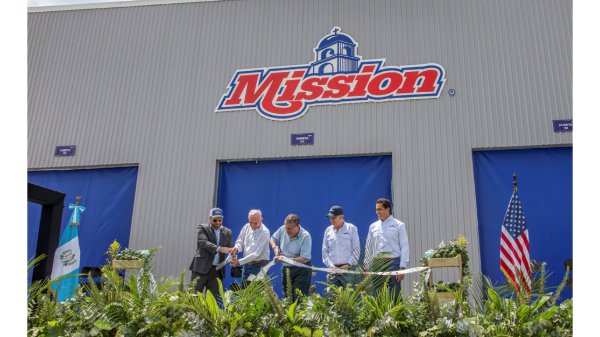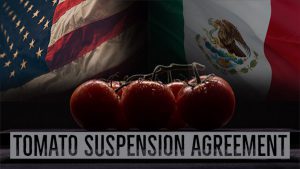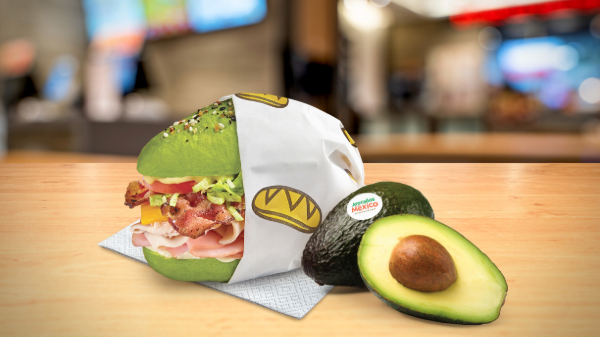Welcome to Blue Book!
Are you ready to join the thousands of companies who rely on Blue Book to drive smarter decisions? View our plans and get started today!
Still have questions? We’d love to show you what Blue Book can do for you. Drop us a line– we’ve been waiting for you.
Midwest middle market players see a shifting business landscape.
Challenging weather in the South, combined with the truck shortage, created more juggling than usual during the early 2018 season.
The season started off slowly for many Midwest growers, as well as receivers. Steve Wielansky, president of Independent Fruit, on the St. Louis Terminal, commented on the spring’s unusual weather. “It was wet, there were cold temperatures, that put planting back,” he says.
Wielansky notes the St. Louis market receives crops from both sides of the Mississippi, from growers in Missouri and southern Illinois. This year’s late frost and chilly temperatures were particularly worrisome when it came to peach and apple orchards. “But you’re always dealing with something about the weather,” he says, “that’s a given.”
Daniel Corsaro, director of sales and marketing at Indianapolis Fruit Company, echoed the same thoughts when it came to stocking a few Southern favorites at the Indianapolis market. “Slim supplies of Georgia blueberries, as well as an unusually wet late April and early May in key southeastern areas — coupled with truck shortages — complicated sourcing,” he says.
For Don Goetz at Fries Brothers Produce in Cincinnati, no matter how many trucks are on the road, he believes weather will always have the greatest impact on the Midwest deal. “Crops have ups or downs due mostly to weather, more than supply and demand,” he says.
Though there is more direct sourcing between growers and retailers in various pockets of the country, including the Midwest, the area’s terminal markets still play a central role in receiving and delivering fresh fruits and vegetables to retailers, restaurants, foodservice providers, and institutional buyers.
The Detroit and Chicago terminals are the most active, but wholesale markets in Columbus, St. Louis, and Cleveland are also important inbound destinations.
“The highest volume markets in the Midwest for us are Detroit, Chicago, and Columbus,” says Kerry Byrne, president of Total Quality Logistics LLC, Cincinnati. “A general observation from the region’s markets is that we’re seeing a significant increase in volume year over year; however, the volume is still less than what we typically see from the California, Florida, Texas, and Arizona markets.”
The Cleveland and St. Louis terminal markets have seen some tenant consolidation in recent years as a few local stalwarts have retired, sold, or exited operations. Other merchants have relocated to facilities for more space or ease in getting in or out of the market.
Joan Daleo, president of Ole Tyme Produce Inc., falls in to the latter category of wholesalers who ventured off the property.
In 2016, Ole Tyme Produce moved from the St. Louis terminal west to St. Charles County, the fastest-growing area in the greater St. Louis area’s suburbs. “From our perspective,” Daleo shares, “we wanted to be in a state-of-the-art facility as well as an area that continues to grow.”
Despite the physical separation, Daleo says the company maintains strong ties to the downtown terminal.
“We still have a lot of partners on the terminal market, especially those handling fresh-cut products,” she says, explaining that the company also sources proprietary products direct from the source as well.
—–
This is an excerpt from the most recent Produce Blueprints quarterly journal. Click here to read the full article.








